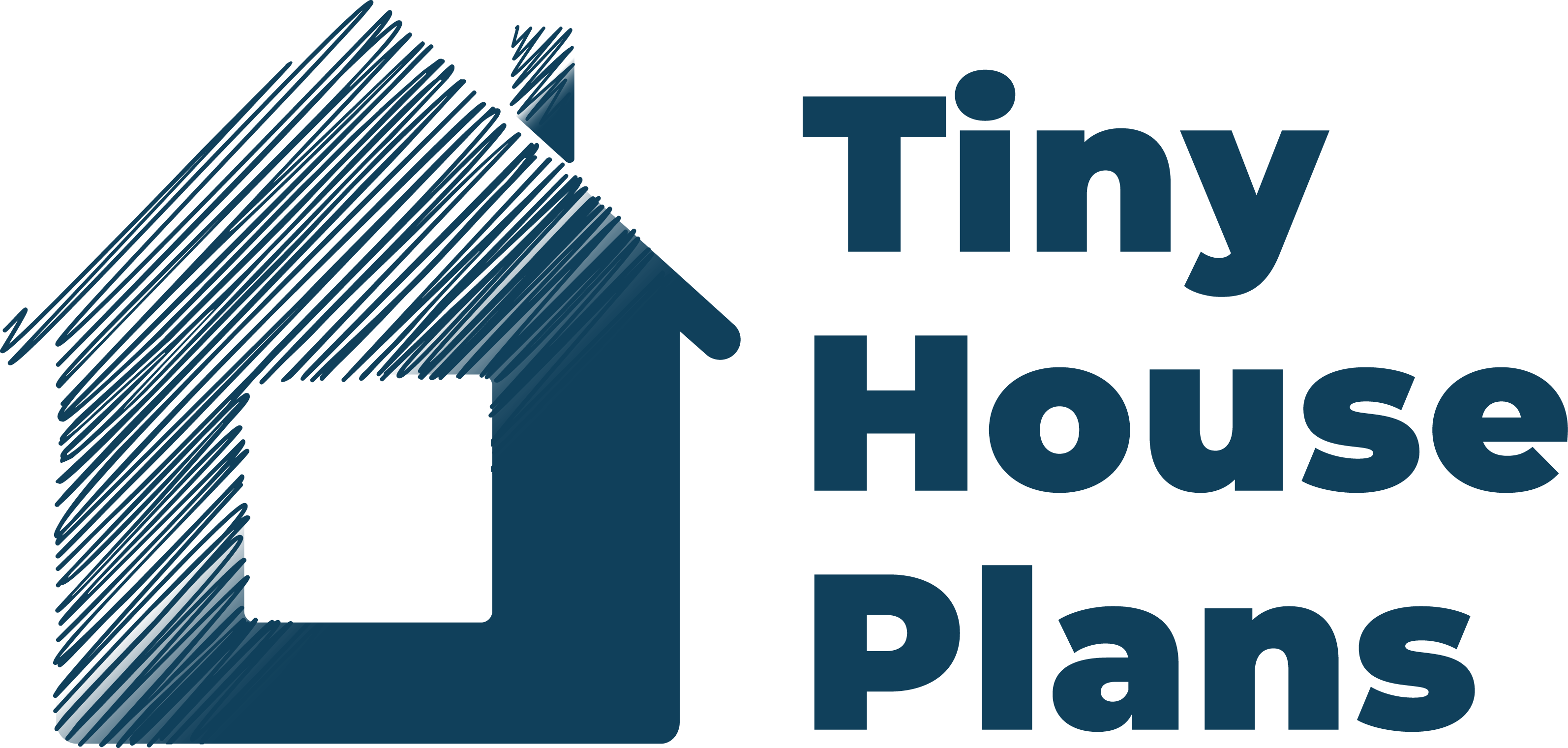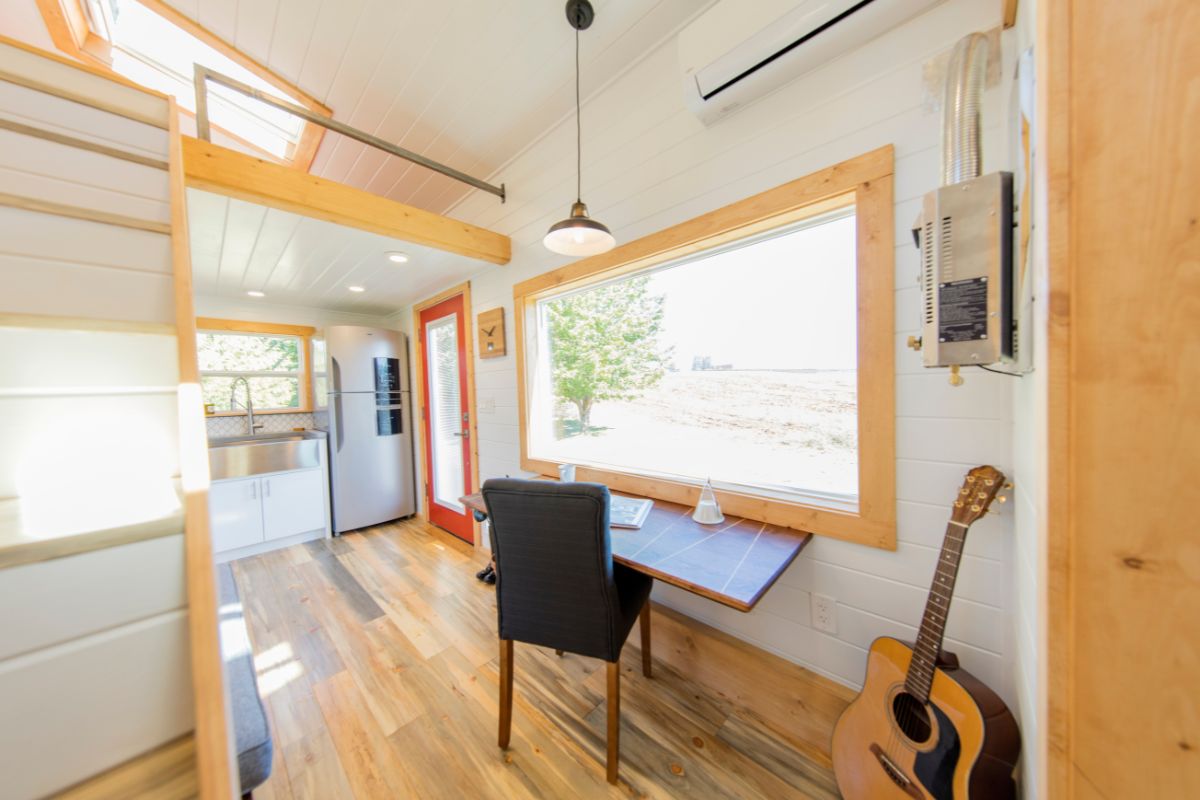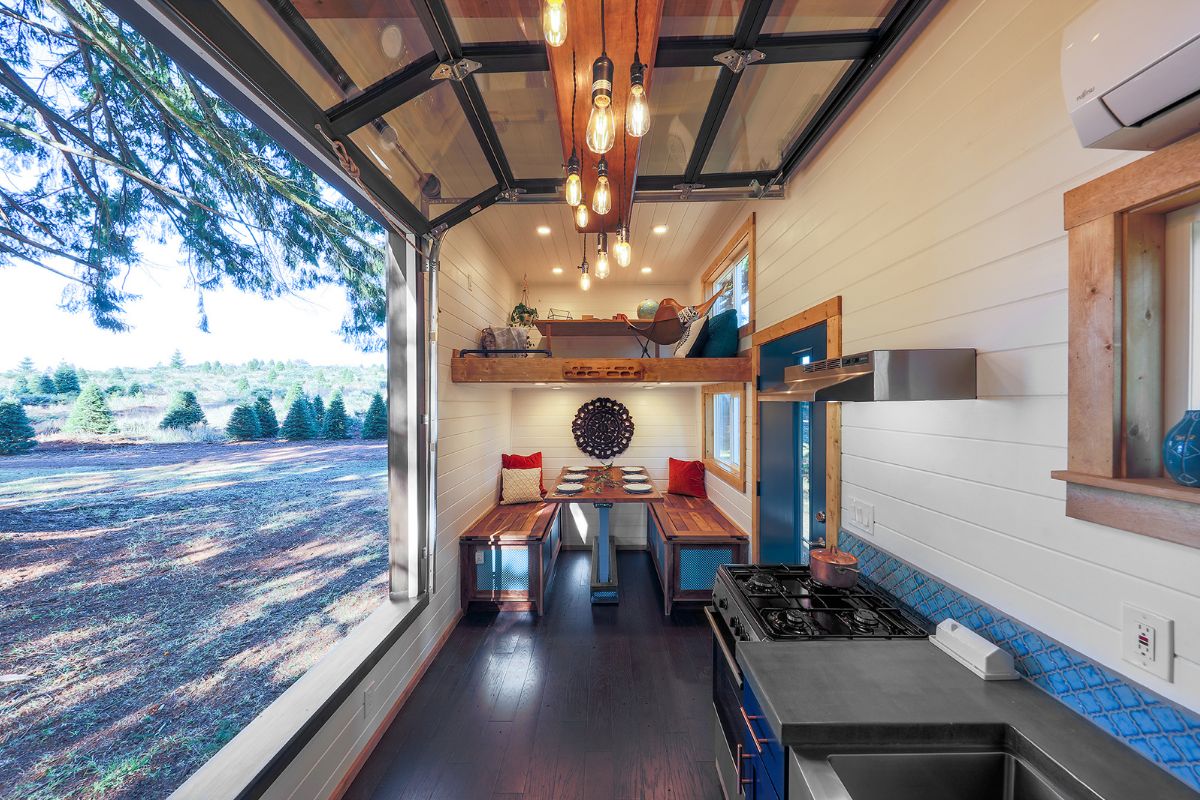To build a tiny house on a budget, start by defining your goals, like achieving financial freedom or sustainability. Research local zoning laws and permits to prevent legal complications.
Develop a detailed budget, accounting for land, materials, and unexpected costs. Focus on space-efficient design, using multifunctional furniture and smart storage. Consider alternative foundations and DIY techniques to cut costs. Incorporate energy-efficient systems for long-term savings.
Explore sustainable practices, as there's more to learn about making your tiny house eco-friendly and adaptable.
Key Takeaways
- Establish a clear budget and track all expenses with spreadsheets to avoid overspending.
- Research and compare prices from multiple sources to find the best deals on materials and labor.
- Prioritize spending on essential items like insulation and roofing to ensure quality and durability.
- Choose multifunctional furniture and efficient design layouts to maximize space and cost-effectiveness.
- Set aside a contingency fund of 10-15% for unexpected costs during the building process.
Define Your Tiny House Goals
Before starting on the journey of building a tiny house, it's important to clearly define your goals. Determine why you want a tiny house—whether it's for financial freedom, sustainability, or mobility.
Consider how you'll use the space: Is it a full-time residence, a vacation spot, or an investment property? Identify your must-have features, like a specific kitchen size or energy-efficient systems. Evaluate your lifestyle needs—do you need a workspace or a pet-friendly area?
Establish your budget constraints early, prioritizing what's most important. Be realistic about the compromises you're willing to make. Defining these goals will guide your design decisions and keep your project aligned with your vision, ensuring you create a space that meets your expectations and requirements.
Research Zoning and Building Codes
Having established your goals for your tiny house, the next step is to thoroughly research zoning and building codes in your desired location. Start by contacting your local planning department to understand any restrictions that could affect your build. Zoning laws will dictate where you can place your tiny house, while building codes guarantee it meets safety standards.

Consider variations in regulations between permanent foundations and trailers, as rules often differ. Investigate minimum square footage requirements, setbacks, and permissible utilities.
Don't overlook neighborhood covenants that might impose additional hurdles. It's essential to obtain any necessary permits upfront to avoid fines or legal issues later. Keep a detailed record of your findings so you can adapt your design to meet all requirements.
Develop a Detailed Budget Plan
Creating a detailed budget plan is essential to successfully building a tiny house without overspending. First, list all potential expenses, such as land, materials, labor, permits, and utilities.
Research current prices and compare multiple sources to find the best deals. Allocate your funds accordingly, prioritizing essential items like quality insulation and roofing. Don't forget unexpected costs; setting aside a contingency fund of 10-15% of your total budget is wise. Use spreadsheets to track expenses, helping you stay organized and accountable.
Continuously update your budget as costs fluctuate or new expenses arise. By diligently monitoring your spending, you can make informed decisions and adjust plans as needed, ensuring your tiny house project stays financially on track.
Design a Space-Efficient Layout
To maximize the limited space in your tiny house, start by strategically designing a space-efficient layout. Begin with a scale floor plan, ensuring every square inch serves a purpose. Prioritize multifunctional furniture, like a sofa that converts into a bed. C
onsider vertical storage solutions—shelves and cabinets that reach the ceiling optimize often-overlooked space. Install sliding doors instead of swinging ones to save floor area.
Focus on creating distinct zones for sleeping, cooking, and relaxation without walls that restrict movement. Use lightweight, foldable furniture to accommodate various activities. Incorporate built-in storage under stairs or seating to reduce clutter.
Natural light from strategically placed windows can make small spaces feel larger. By carefully planning each element, you'll create a functional, comfortable tiny house.
Consider Alternative Foundation Options
When building a tiny house, evaluating alternative foundation options is essential to managing costs and meeting specific needs. Start by considering a trailer foundation, which offers mobility and eliminates the need for costly site preparation. Trailers are ideal if you plan to move your tiny house or face zoning restrictions.
Alternatively, explore pier foundations, which require fewer materials and labor compared to traditional concrete slabs. They elevate your tiny house, providing protection against moisture and pests. Concrete blocks are another cost-effective option, offering stability without extensive groundwork.
Each choice involves trade-offs regarding cost, permanence, and complexity. Assess your location, budget, and long-term plans to determine the most suitable foundation. By choosing wisely, you can greatly reduce your building expenses.
Source Affordable Building Materials
One of the key strategies to keep your tiny house project within budget is sourcing affordable building materials. Start by exploring salvage yards and Habitat for Humanity ReStores, where you can find discounted or reclaimed items like windows, doors, and lumber.
Check online marketplaces such as Craigslist or Facebook Marketplace for second-hand materials. Building supply auctions can also offer significant savings on bulk purchases. Don't overlook local hardware stores; ask about discounted or clearance materials. Networking with contractors might lead to surplus materials at reduced costs.
Prioritize quality over aesthetics when it comes to structural components, ensuring safety and durability. By creatively combining new and used materials, you'll maintain financial control while achieving a unique, sustainable tiny house.
Embrace DIY Construction Techniques
Diving into DIY construction techniques can greatly lower your tiny house building costs while providing a rewarding, hands-on experience. Start by learning basic carpentry skills—many online resources and community workshops can help.
You'll not only save on labor expenses but also gain control over the quality and customization of your project. Invest in essential tools like a circular saw, drill, and measuring tape, which will be invaluable throughout the process. Use platforms like YouTube for step-by-step guidance on framing, insulation, and roofing.
Document your progress and learn from any mistakes. Don't hesitate to ask for help from friends or local DIY groups for tasks that require extra hands. Remember, patience and preparation are key to successful DIY construction.

Incorporate Energy-Efficient Solutions
While building a tiny house on a budget, incorporating energy-efficient solutions can greatly reduce long-term costs and environmental impact. Start by choosing high-quality insulation materials to maintain temperature and minimize heating and cooling expenses.
Opt for double-glazed windows to enhance thermal efficiency, keeping your home comfortable year-round. Install LED lighting, which consumes less power and lasts longer than incandescent bulbs.
Consider solar panels for renewable energy generation, considerably cutting electricity bills. A rainwater collection system can provide water for non-potable uses, reducing reliance on external water sources.
Select energy-efficient appliances that use less power without sacrificing functionality. Implement a programmable thermostat to efficiently manage your heating and cooling systems. By integrating these solutions, you'll create a sustainable, cost-effective living space.
Maximize Storage and Multifunctionality
When building a tiny house, maximizing storage and multifunctionality is crucial to making the most of limited space. Start by designing furniture that serves dual purposes.
Consider a sofa with built-in storage underneath or a dining table that folds into the wall. Use vertical space effectively by installing shelves or cabinets that reach the ceiling. Opt for sliding doors instead of swinging ones to save floor space.

Incorporate hidden storage solutions like stairs with pull-out drawers or beds with storage compartments. Think about using hooks or pegboards for hanging items, which keeps surfaces clear.
Prioritize collapsible or stackable items in your kitchen. Every square foot should serve multiple functions, so plan your layout carefully to guarantee every piece contributes to both storage and functionality.
Plan for Long-Term Sustainability
To guarantee your tiny house remains efficient and eco-friendly over the years, it's essential to plan for long-term sustainability from the outset. Start by selecting materials that are durable and sustainable, like bamboo flooring or reclaimed wood. These options reduce environmental impact and guarantee longevity.
Incorporate renewable energy sources, such as solar panels, to minimize reliance on non-renewable energy. Installing energy-efficient appliances and LED lighting will cut down electricity consumption considerably.
Water conservation is another key aspect. Consider rainwater harvesting systems and low-flow fixtures to manage water usage effectively. Proper insulation and ventilation are imperative to maintaining a comfortable indoor climate with minimal energy use.
Finally, plan for future upgrades by choosing adaptable designs that allow for easy modifications as technology evolves.
Conclusion
By setting clear goals and understanding zoning laws, you can efficiently plan your tiny house project. A detailed budget helps you make informed choices, while a space-efficient design maximizes every inch. Opt for alternative foundations to cut costs and embrace DIY techniques to personalize your build.
Energy-efficient solutions reduce long-term expenses, and clever storage guarantees functionality. Prioritizing sustainability guarantees your tiny home remains practical and environmentally friendly for years to come.






Share: